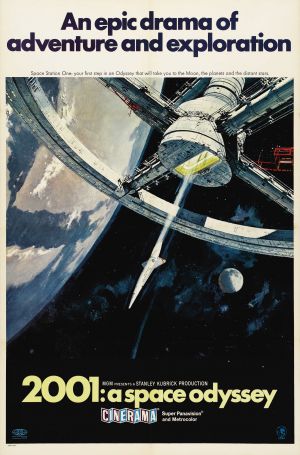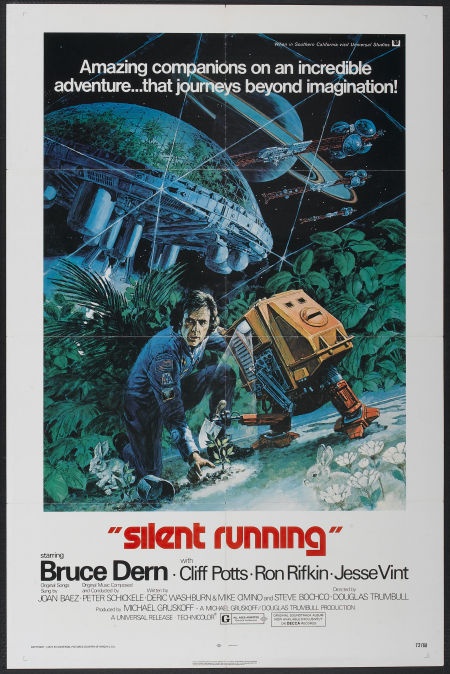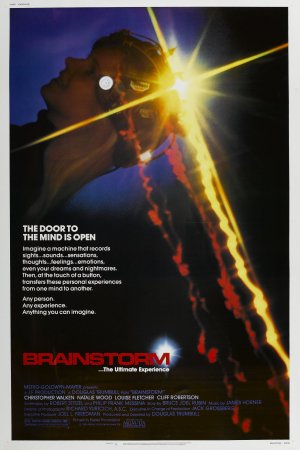Episode 010 October 2014
We talk with Douglas Trumbull about his history as artist, animator, and VFX legend, and about what caused him to become a champion of immersive cinema. Stay tuned for Part 2!
About The Optical
Host Mark Boszko takes you on a journey back through the annals of Cinefex magazine, talking about the movies and topics they covered 30+ years ago. We talk to people involved in the films, people who make movies, and people who love movies, and have a fun time doing it.
Subscribe
- Subscribe free in iTunes, and get this episode plus every new one. Also for iPhone, iPad and iPod.
- Follow us on Soundcloud
- Feeds for other pod-catchers
Direct Download
Listen Now
Revisiting:
Cinefex 8
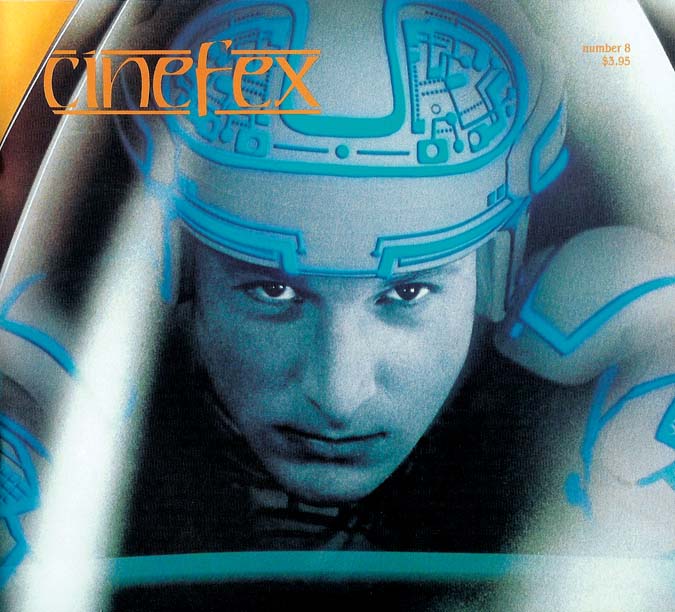
Special thanks to Cinefex for access to these out-of-print back issues.
Even though these are out of print, you can now download and read along with Issue 8 — and every other back issue of Cinefex — in the Cinefex iPad App. Download the free iPad app now!
Special Guest:
Douglas Trumbull
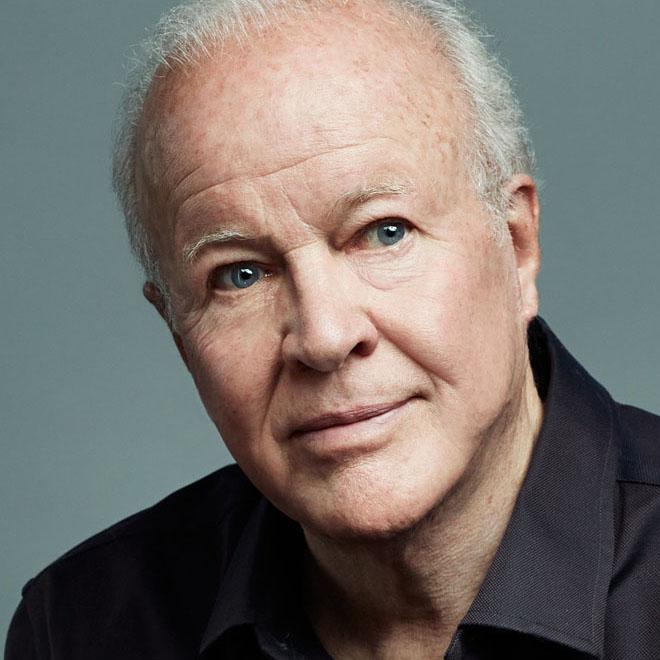
Douglas Trumbull is a filmmaker, director, writer, and inventor of many advances in VFX technology. His latest project is a 3D/4K/120fps immersive cinema process called Magi.
- Official website
- UFOTOG trailer, shot in the Magi format
Follow Along
Silent Running (1972)
| Silent Running (DVD) |
| Silent Running (iTunes) |
|
Silent Running (The Masters of Cinema Series) [Limited Edition Blu-ray SteelBook] for Region 2 or Region-free players |
|
Silent Running — The Original Soundtrack Album (Vinyl) by Peter Schickele, featuring "Rejoice in the Sun" and "Silent Running" sung by Joan Baez |
Show Notes
Research Materials
- Blade Runner
- Close Encounters of the Third Kind
- Star Trek: The Motion Picture
- Cinefex number 8 — April 1982, available in the Cinefex iPad app
- Revisiting Cinefex (8): Tron and Silent Running by Graham Edwards
- Follow along with our List on Letterboxd, featuring films we've covered, and upcoming films to watch.
More Bits
- Robert A. Heinlein, whose writing was an inspiration for Trumbull's early artwork
- 1964 New York World's Fair
- To the Moon and Beyond
- Films produced in Cinerama 360
- Arthur C. Clark
- Stanley Kubrick
- 2001: A Space Odyssey (1968), originally titled Journey Beyond the Stars
- AWN Talking with Con Pedersen about working at Graphic Films, on To the Moon and Beyond and 2001
- Lester Novros obituary in the LA Times
- Cinerama 70 and other Cinerama articles, on in70mm.com
- How the West Was Won (1962) in 3-strip Cinerama
- Widescreen Museum Cinerama page that includes both 2001: A Space Odyssey and To the Moon and Beyond
- Videos on Douglas Trumbull's website, explaining many of his most famous effects and film, including the slit-scan effect and Jupiter machine built for 2001, Blade Runner effects, virtual sets, and his thoughts on immersive media, including Back to the Future... the Ride and his other ride films
- Silent Running (1972)
- John Dykstra
- Wayne Smith
- Fouad Said, inventor of the Cinemobile
- A great thread on The RPF about the original Panavision Panaflex camera
- Garth Drabinsky, co-founder of the first multiplex, the Cineplex at Toronto Eaton Center, in 1979. He co-founded it with Nat Taylor who had developed the first duo-plexes in 1957
- Around the World in 80 Days (1956), produced in Todd-AO 70mm
- Todd-AO 70mm format
- The Sound of Music (1965), produced in Todd-AO 70mm
- 35mm anamorphic often replaced 70mm as a shooting format, even for films that would eventually be shown from 70mm prints.
- 2001 was originally planned to be shot in 3-strip Cinerama, but was actually shot in Super Panavision 70, to be projected on Cinerama screens
- Dimension 150 (D-150) film format
- VistaVision film format
- Learn about even more widescreen formats at The Widescreen Museum
- Lew Wasserman
- How the movie studios became TV studios
- Future General Corporation, with John Dykstra and Richard Yuricich
- Regarding the Double-pin Geneva camera movement, if you look at the Wikipedia entry for Intermittent mechanism, you'll see an animated diagram of a single-pin Geneva drive. A double-pin Geneva would have two pins on the green disc, at 180º to each other, which would then push the red "cross" part of the movement at twice the speed, doubling the travel of film through the camera without increasing the actual speed of the drive mechanism
- Douglas Trumbull's patent for Showscan, his 60fps film format, and several others of his patents, can be seen here
- Night of Dreams (1978), the first Showscan film
- Charlie Bluhdorn, then head of Gulf & Western
- Star Trek: The Motion Picture (1979)
- The Andromeda Strain (1971)
- Robert Wise, director of The Sound of Music, The Andromeda Strain, and Star Trek: The Motion Picture
- Robert Abel & Associates
- Close Encounters of the Third Kind (1977)
- Blade Runner (1982)
- Brainstorm (1983) originally called The George Dunlap Tapes
- MGM filed an insurance claim on Brainstorm after actress Natalie Wood's death during the production of the film in 1981, and the case was reopened in January of 2013
Musical Guest:
Digital Droo
As Ever
- The Optical Theme Music by Digital Droo
- The Optical Aperture Logo by Mike Gower


